How to use an automatic wire stripper
Bluedog International / July 23rd, 2024
Using an Automatic Wire Stripper for Scrap Copper Wire
Using an automatic wire stripper can greatly simplify the process of stripping insulation from scrap copper wires. Here’s a simple guide on how to use one effectively:
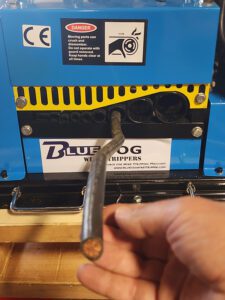
Step-by-Step Guide
1. Choose the Right Automatic Wire Stripper:
Ensure you have the correct type of automatic wire stripper for the wire thickness and type you are working with. Popular models include the BWS-50 Multi-Feed, BWS-50 SAR, and BWS-38-Motor V2.
2. Prepare the Wire:
Straighten the wire and remove any dirt or debris. Untangle the wire and remove any fasteners or clips to make it easier to pass through the machine. A few bends in the wire are okay since the machine straight it out while running it. Cut the wire into manageable lengths of 5 to 10 feet.
3. Adjust the tension (set it and forget it): Most automatic wire strippers have a spring tension system that accommodates different wire gauges without requiring manual adjustments. Set the spring tension to the appropriate level, and the machine will handle the rest.
4. Turn the Machine On: Make sure you have a nice work area around your machine to process scrap copper cable. Place the wire into the correct size feed hole. The machine, powered by a 110v or 220v single-phase electric motor, will grip the wire and pull it through. Ensure the wire is inserted correctly and there is enough room around the wire to prevent automatic wire stripper from jamming.
5. Let the Machine Do the Work: Insert the wire into the feed hole and let the machine strip it quickly and efficiently.
6. Remove the Insulation: The insulation will either fall off on its own or need to be peeled off by hand. If the insulation is stuck, you may need to run the wire through the machine a few times. The BWS-50 SAR is an excellent machine with forward and reverse.
7. Cash in Your Scrap Copper: Weigh your recovered copper and take it to the scrap yard to cash in. Try contacting your local Gerdau Scrap dealer for excellent prices on scrap copper and metal.
Tips for Best Results
- Practice on Spare Wire: Get a feel for the machine by practicing on spare wire. Use safety gloves if needed. Be careful of thin gauged stranded wire as it may break off into chards if the blade is set too deep.
- Regular Maintenance: Keep your wire stripper clean and well-maintained. Oil it and use compressed air to blow out debris.
- Use the Right Tool: Ensure you’re using the correct type of automatic wire stripper for the job. Larger cables require larger strippers.
Safety Precautions
- Wear Safety Glasses: Protect your eyes from flying bits of insulation.
- Disconnect Power: Always disconnect the automatic wire stripper from its power source before cleaning or maintenance.
Common Problems and Solutions
- Wire Kinks/Knots: If the wire is nicked, reduce the pressure or adjust the gauge setting.
- Incomplete Stripping: Ensure the wire is inserted to the correct depth and the stripper is set for the right gauge.
Who Can Benefit from an Automatic Wire Stripper?
Scrap copper wire recyclers can greatly benefit from using an automatic wire stripper. It speeds up the process of removing insulation from copper wires, increasing the value of the scrap copper. These tools allow recyclers to strip large volumes of wire quickly and effortlessly, maximizing the recovery of valuable copper material and reducing labor costs. By minimizing the time and effort required for manual stripping, automatic wire strippers help recyclers process more scrap wire in less time, leading to higher profitability and a more efficient recycling operation. The BWS-38-MotorV2 will help your business make alot of money.
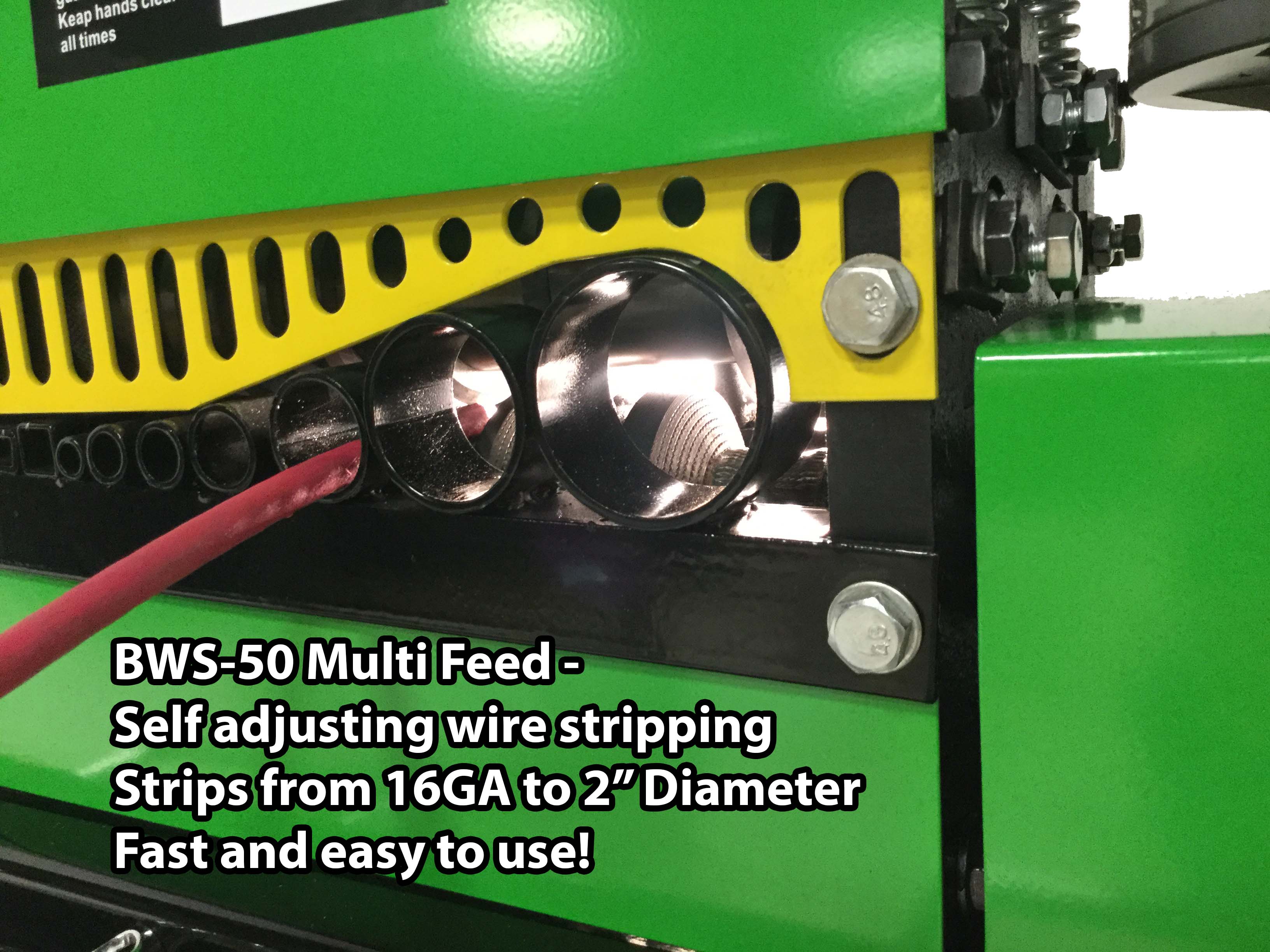
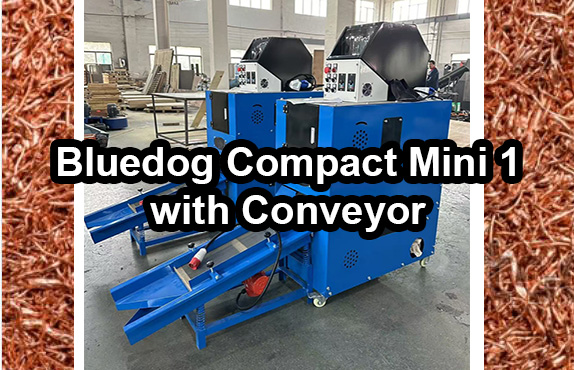
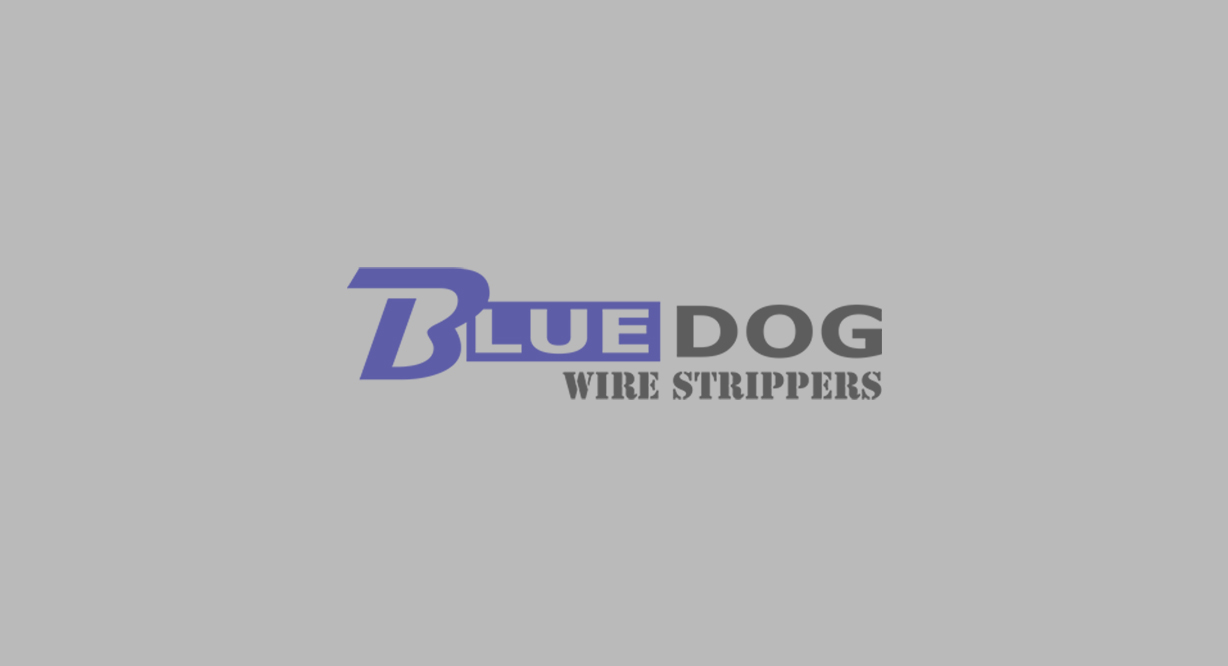
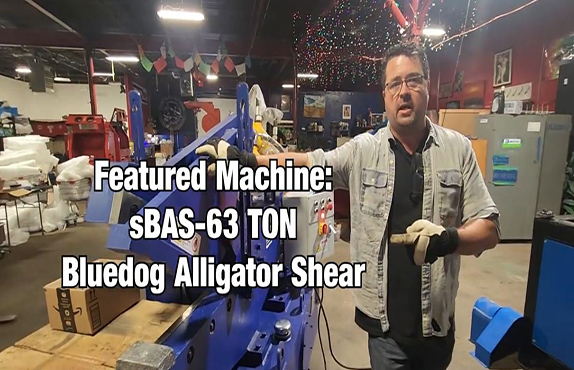


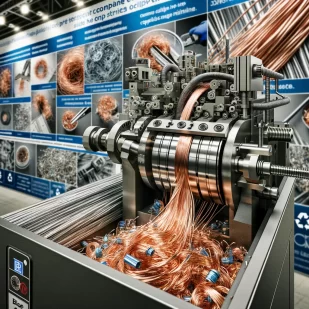
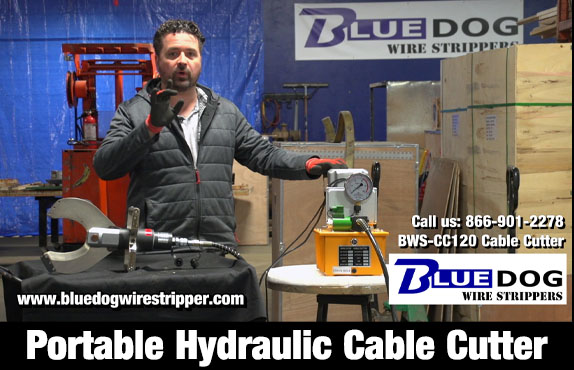
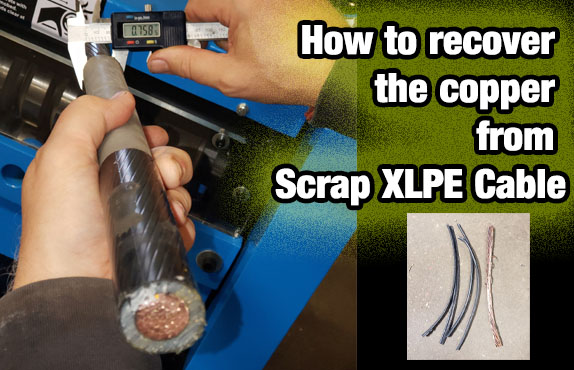
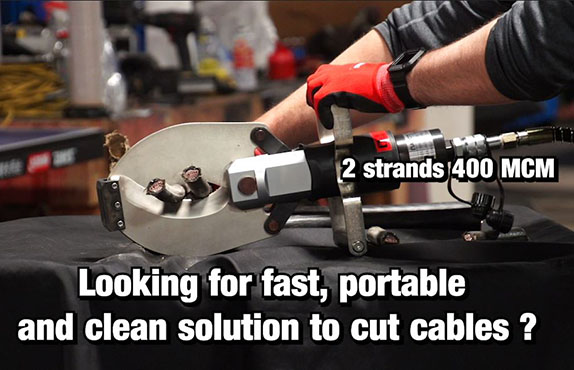
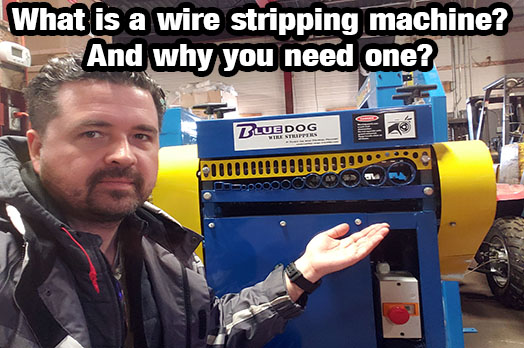
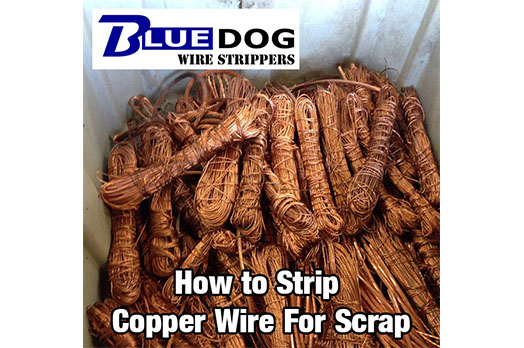
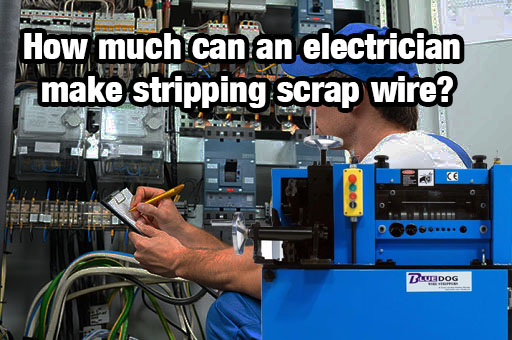
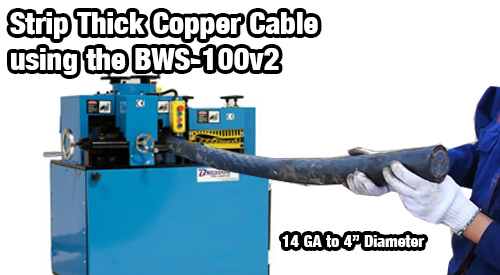
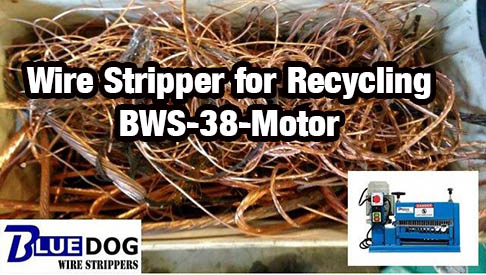
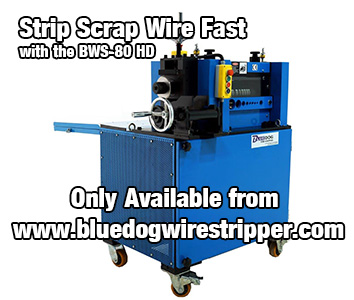
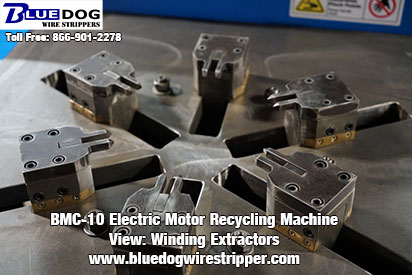
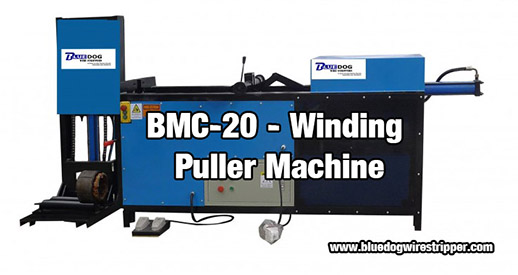
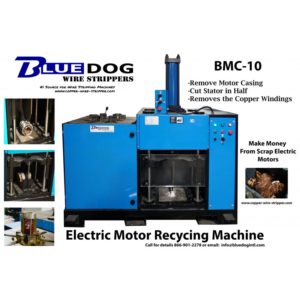
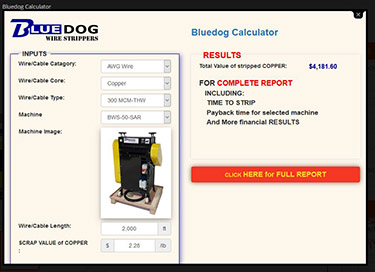
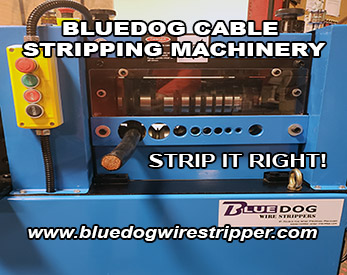
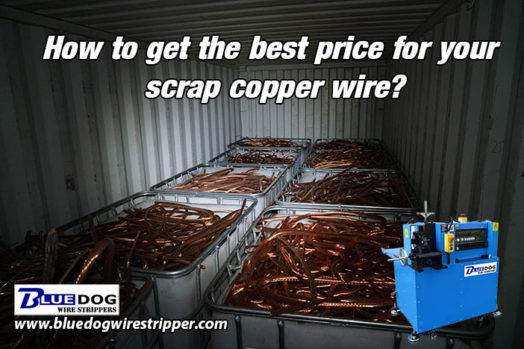
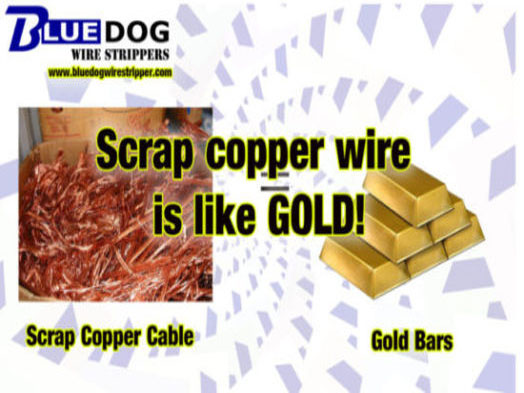
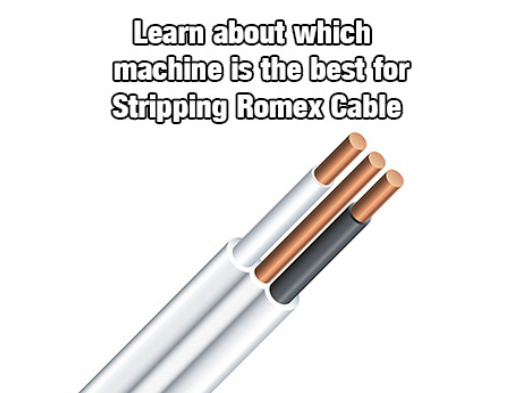
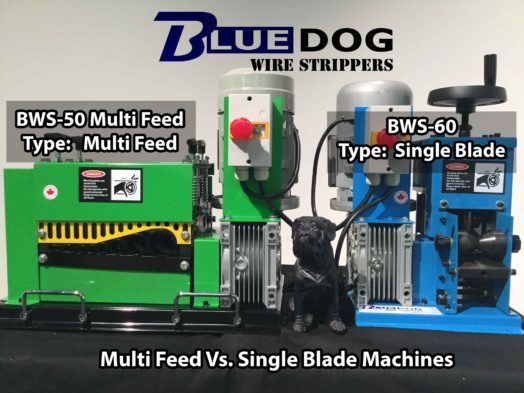

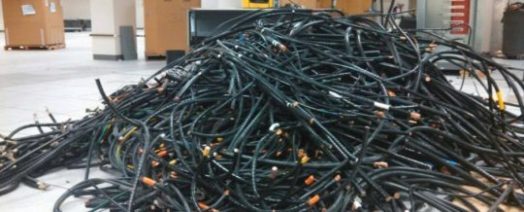
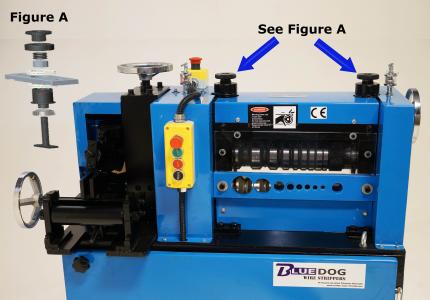
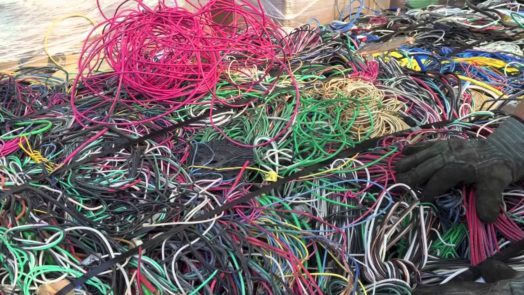
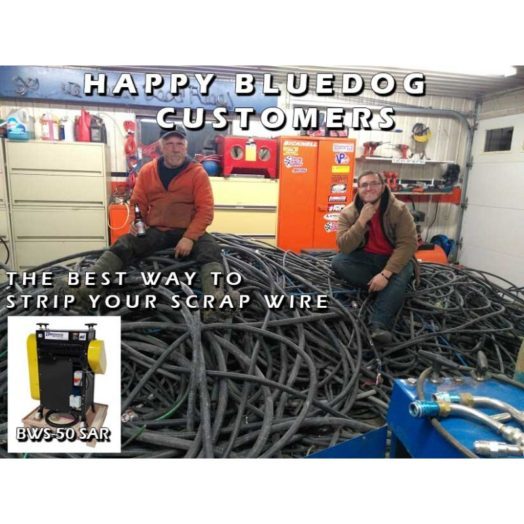
![[Most Recent Quotes fromwww.kitco.com]](https://www.kitconet.com/charts/metals/base/copper-d.gif)